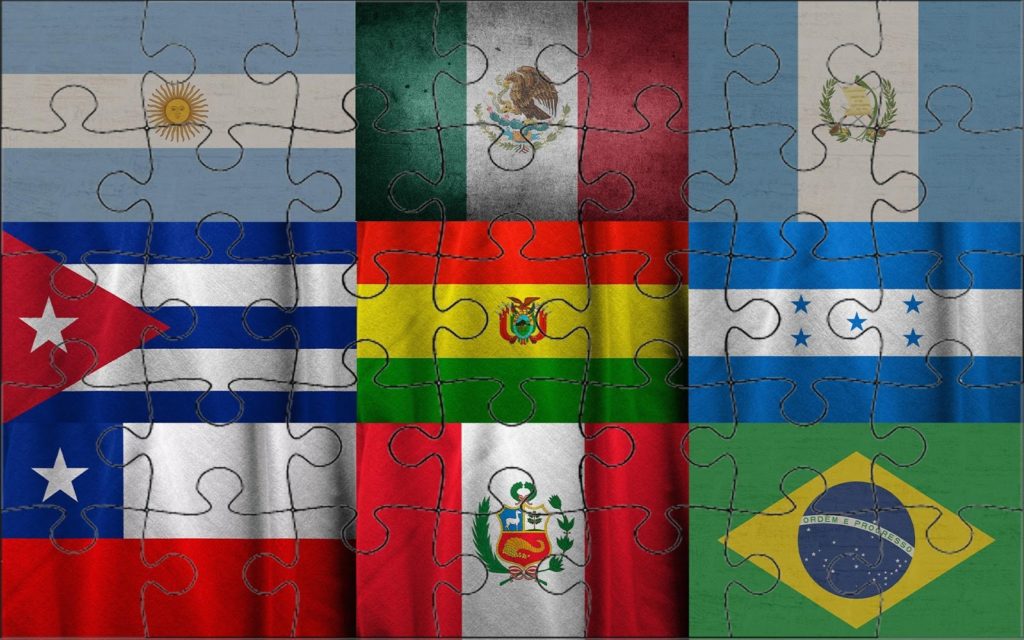
Robert Benavidez Jr./The Rider
Alejandra Yañez | THE RIDER
Sept. 15 through Oct. 15 marks National Hispanic Heritage Month in the United States. It is a time to recognize Hispanic Americans for their contributions to history, culture and influence on this nation.
Maritza De La Trinidad, an associate professor of Mexican American Studies at UTRGV, said it is important for students to learn about their history.
“I think students should know who they are,” De La Trinidad said. “If you don’t know who you are in terms of your culture, your history, your heritage, your language, then how do we know where we fit in the larger narrative of the U.S.?”
De La Trinidad traced the history of Hispanic Heritage Month to the Civil Rights Movement in the 1960s, when the Chicano Movement was at its height.
In 1968, President Lyndon B. Johnson signed the Bilingual Education Act, which paved the way for Hispanic representation at the federal level.
The recognition began as Hispanic Heritage Week in 1968, but would later be extended to a monthlong celebration in 1988 under President Ronald Reagan.
“[President Johnson] signed the Bilingual Education Act because of Mexican American teacher activism that came out of Arizona, Texas, New Mexico and California as a way to use Spanish as a language of instruction,” De La Trinidad said.
Johnson was a teacher in Mexican American schools during the 1920s and witnessed the educational segregation that Hispanic students faced.
1968 was also the height of the walkout, where students would walk out of school as a form of peaceful protest.
During this time more than 10,000 students in Los Angeles, California, walked out of their schools due to racism, discrimination, educational inequities, lack of college preparation, poor quality education and no bilingual education, De La Trinidad said.
She said the walkouts made strong statements and sparked many more protests throughout the Southwest, some as close as Edcouch-Elsa High School, where students walked out for the same reasons.
De La Trinidad cites Johnson’s compassion for and understanding of the Hispanic community to his teaching experience and his relationships with activists.
His friendship with Hector P. Garcia, a medical doctor who practiced in Corpus Christi and was raised in Mercedes “solidified the need to have Mexican Americans represented at the national level,” said De La Trinidad.
The 1980s are known as the decade of the Hispanic in literature because it is the period in which the Latino population first came into national prominence, she said. During this decade, many politicians understood that appealing to the Spanish-speaking population was beneficial to them.
Thus, came the extension of the recognition of Latinos from a week to a month.
De La Trinidad said Latino is a grassroots term that is used to recognize many Spanish-speaking groups who have similar culture, language and tradition. The month celebrates all Latino cultures in the U.S. and recognizes the contributions they have made to the nation.
Asked why Hispanic Heritage Month should be celebrated, she replied, “To highlight and to recognize the vast contribution that Mexican American people and other Latino people, Puertorriqueños, Cubans and other people have had to the making of the U.S.; and so if you ask me, America is great because of Latinos.”





